Banana Allergy: Causes, Symptoms, and Management

Related products
Banana Allergy: A Complete Guide
Banana allergy is an adverse immune response to certain proteins found in bananas. This hypersensitivity can manifest as a range of symptoms, from mild to severe, and affect individuals of all ages. Although banana allergy is relatively rare, it is important to recognise the symptoms and understand the causes in order to manage the condition effectively. If you're unsure whether bananas or another food are causing your symptoms, consider taking a Food Intolerance Test to pinpoint specific triggers.
Prevalence and significance
Banana allergy is considered to be rare, affecting approximately 0.1% to 1.2% of the general population. Despite its rarity, the allergy can have a significant impact on the quality of life of those affected. Dr. Alice Richardson, a consultant allergist, states that "banana allergy may be overlooked due to its uncommon nature, but its potential for severe reactions makes it important to be aware of the condition and manage it appropriately".
Nutritional benefits of bananas
Bananas are a popular fruit due to their numerous health benefits. They are a good source of potassium, vitamin C, and dietary fibre, which contribute to heart health, digestion, and overall wellbeing. As a result, it is important for individuals with a banana allergy to find alternative sources of these nutrients in their diet.
Banana Allergy: An Overview
Allergenic components of bananas
Cross-reactivity occurs when the immune system mistakes the proteins in one substance for those in another due to their similar structure. Individuals with a banana allergy may also react to other fruits and vegetables such as melons, avocados, or kiwis. For those with complex allergic profiles, the Premium Intolerance Test offers a comprehensive screening of 200+ food and non-food item. Bananas contain several allergenic proteins that can trigger an allergic reaction. Some of the most well-known banana allergens include:
Profilin
Profilin is a protein found in bananas and other fruits that can cause allergic reactions in some individuals. According to a study published in the Journal of Allergy and Clinical Immunology, profilin is responsible for approximately 50% of banana allergy cases.
Other banana allergens
Other banana allergens include chitinase, thaumatin-like proteins, and class I chitinases. These proteins can also trigger allergic reactions, although they are less common than profilin-related allergies.
Cross-reactivity with other allergens
Cross-reactivity occurs when the immune system mistakes the proteins in one substance for those in another due to their similar structure. Individuals with a banana allergy may also be allergic to other fruits and vegetables, such as melons, avocados, and kiwis, due to cross-reactivity.
Latex-fruit syndrome
Latex-fruit syndrome is a type of cross-reactivity between latex and certain fruits, including bananas. According to Dr. John Smith, an allergy specialist, "approximately 30-50% of people with a latex allergy also experience allergic reactions to bananas". This is due to the similarity in protein structures between latex and the allergens found in bananas.
Pollen-food allergy syndrome
Pollen-food allergy syndrome, also known as oral allergy syndrome, is another form of cross-reactivity that can affect individuals with a banana allergy. This syndrome occurs when the immune system mistakes the proteins in certain fruits, such as bananas, for pollen proteins. Symptoms typically involve itching or swelling in the mouth and throat after eating the offending fruit.
Causes and Risk Factors
Genetic predisposition
Genetic factors play a significant role in the development of banana allergy, as well as other food allergies. Individuals with a family history of allergies, particularly those with parents or siblings who have food allergies, are at a higher risk of developing a banana allergy themselves.
Environmental factors
Environmental factors, such as exposure to allergens like pollen, may influence the onset of food allergies like banana allergy. To understand possible environmental contributors, you may consider using an Environmental Intolerance Test, which detects sensitivity to environmental elements like dust, mould, or pollens.
Previous exposure to allergens
Previous exposure to allergens, including those found in bananas, may increase an individual's risk of developing a banana allergy. Repeated exposure to the allergens can lead to sensitisation and eventually cause an allergic reaction.
Symptoms of Banana Allergy
Mild to moderate symptoms
Mild to moderate symptoms of banana allergy can vary among individuals and may include:
Oral allergy syndrome
Oral allergy syndrome is commonly triggered by fruits like bananas, particularly in individuals who also suffer from pollen allergies. Understanding whether you're dealing with a food allergy or cross-reactivity is important, and a Combined Allergy and Intolerance Blood Test can help identify overlapping triggers in one go.
Skin reactions
Skin reactions, such as hives, eczema, or contact dermatitis, may also occur in individuals with a banana allergy. These reactions typically appear shortly after exposure to banana allergens and can cause itchiness and redness.
Gastrointestinal symptoms
Gastrointestinal symptoms, such as abdominal pain, nausea, vomiting, or diarrhoea, can be experienced by individuals with a banana allergy. These symptoms may develop within minutes to hours after consuming bananas and can range in severity.
Severe symptoms
In some cases, banana allergy can result in more severe symptoms, including:
Anaphylaxis
Anaphylaxis is a life-threatening allergic reaction that can occur rapidly and requires immediate medical attention. Symptoms of anaphylaxis can include difficulty breathing, a rapid or weak pulse, dizziness, confusion, and a drop in blood pressure. Anaphylactic reactions to bananas are rare but can be severe and potentially fatal if not promptly treated.
Diagnosis and Testing
Medical history and physical examination
Diagnosis of banana allergy typically begins with a thorough medical history and physical examination. A healthcare professional will ask about the patient's symptoms, exposure to bananas or other allergens, and family history of allergies.
Skin prick tests
A skin prick test may be performed to confirm the presence of a banana allergy. This involves placing a small amount of banana allergen on the skin and then pricking the skin to introduce the allergen into the dermis. If a raised, red, itchy bump (referred to as a wheal) develops at the site of the prick, it suggests an allergy to bananas.
Blood tests
Blood tests can also be used to help diagnose a banana allergy. These home allergy tests measure the levels of specific antibodies (IgE) in the blood that are associated with allergic reactions. The IgE Immunoglobulin Blood Test is a valuable tool for detecting elevated IgE levels related to banana or other common allergens.
Oral food challenge
An oral food challenge may be recommended in some cases to confirm the diagnosis of a banana allergy.
Management and Treatment of Banana Allergy
Avoidance of bananas and banana-containing products
Avoidance is key—but so is understanding what other items might be problematic. You can browse a range of at-home diagnostics from Welzo via the Intolerance Tests Collection, offering convenient ways to manage food and environmental allergies. The most effective way to manage banana allergy is to avoid bananas and products containing bananas. This includes:
Reading food labels
Individuals with a banana allergy should carefully read food labels to identify and avoid products containing bananas or banana-derived ingredients.
Identifying hidden sources of bananas
Bananas can sometimes be found in unexpected products, such as smoothies, baked goods, or sauces. Being aware of these hidden sources is crucial for individuals with a banana allergy to avoid accidental exposure.
Medications for Banana Allergy
Medications can help alleviate symptoms of banana allergy and manage severe reactions. These include:
Antihistamines
Antihistamines can be used to relieve mild to moderate symptoms of banana allergy, such as itching, hives, or gastrointestinal discomfort.
Epinephrine auto-injector
An epinephrine auto-injector, such as an EpiPen, is prescribed for individuals with a history of severe banana allergy reactions or those at risk of anaphylaxis. Epinephrine helps to reverse the life-threatening symptoms of anaphylaxis and should be administered as soon as a severe reaction is suspected.
Corticosteroids
Corticosteroids, either in oral or topical form, may be prescribed to manage skin-related symptoms of banana allergy, such as eczema or contact dermatitis.
Emergency care for Banana Allergy
In the event of a severe allergic reaction to bananas, it is crucial to:
Recognising the signs of anaphylaxis
Being able to recognise the early signs of anaphylaxis, such as difficulty breathing, rapid or weak pulse, and dizziness, is essential for individuals with a banana allergy.
Seeking immediate medical assistance
If anaphylaxis is suspected, it is vital to seek immediate medical assistance. While administering epinephrine can help to counteract the symptoms of anaphylaxis, emergency medical care is still necessary to ensure the reaction is properly managed.
Lifestyle modifications for Banana Allergy
To effectively manage a banana allergy, certain lifestyle modifications can be helpful, such as:
Communicating allergy to food providers
Informing food providers, such as restaurants and catering services, about the banana allergy can help prevent accidental exposure to bananas or banana-containing products.
Creating a supportive environment
Educating family members, friends, and colleagues about the banana allergy can create a supportive environment that helps reduce the risk of accidental exposure and ensures timely assistance in case of an allergic reaction.
Prevention Strategies for Banana Allergy
Introduction of allergenic foods during infancy
Recent research suggests that early introduction of allergenic foods, including bananas, during infancy may help prevent the development of food allergies. Introducing small amounts of bananas to infants between 4 to 6 months of age, under the guidance of a healthcare professional, can help build tolerance and reduce the risk of developing a banana allergy later in life. However, it is essential to monitor the infant for any signs of an allergic reaction during this process.
Allergen immunotherapy
Allergen immunotherapy, also known as desensitisation or allergy shots, involves the gradual introduction of small amounts of an allergen to an individual to help build tolerance and reduce allergic reactions. Currently, allergen immunotherapy is primarily used for treating environmental allergies, such as pollen or dust mites. While there is ongoing research into the use of immunotherapy for food allergies, including banana allergy, it is not yet a standard treatment option.
Ongoing research and future developments
Scientists and researchers continue to investigate the causes, risk factors, and potential treatments for banana allergy. Advances in our understanding of the immune system and the development of new diagnostic and treatment techniques may lead to improved prevention strategies and more effective management of banana allergy in the future.
Conclusion
The importance of understanding and managing banana allergy
Although banana allergy is relatively rare, it can have a significant impact on the quality of life of those affected. Understanding the causes, symptoms, and management strategies for banana allergy is crucial in ensuring proper care and support for individuals with this condition. By recognising the signs of an allergic reaction and taking appropriate precautions, individuals with a banana allergy can lead healthy, fulfilling lives.
The role of healthcare professionals, patients, and caregivers in successful allergy management
Managing banana allergy effectively requires collaboration among healthcare professionals, patients, and caregivers. Healthcare professionals play a vital role in diagnosing the allergy, providing guidance on avoidance strategies, and prescribing appropriate medications. Patients and caregivers must be proactive in adhering to these recommendations, educating themselves and others about the allergy, and seeking medical assistance when necessary. By working together, the challenges posed by banana allergy can be successfully addressed and managed. To learn more about Allergies, read our comprehensive guide that covers: Allergies:, Types, Causes, Symptoms, Diagnosis, and Treatment options. If you are looking for treatments for hay fever or general allergens, then visit our extensive page with allergy and hayfever medication and tablets.




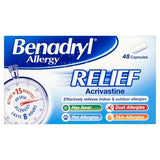
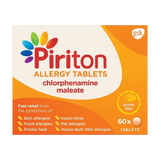

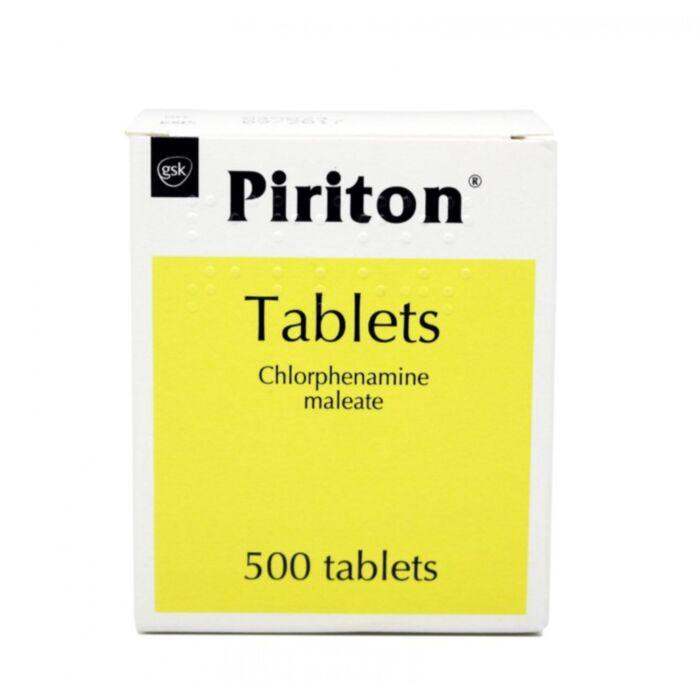





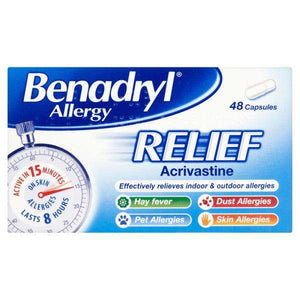
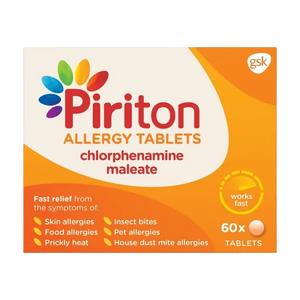
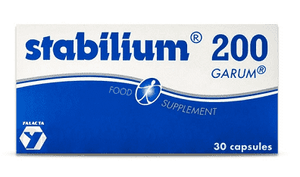

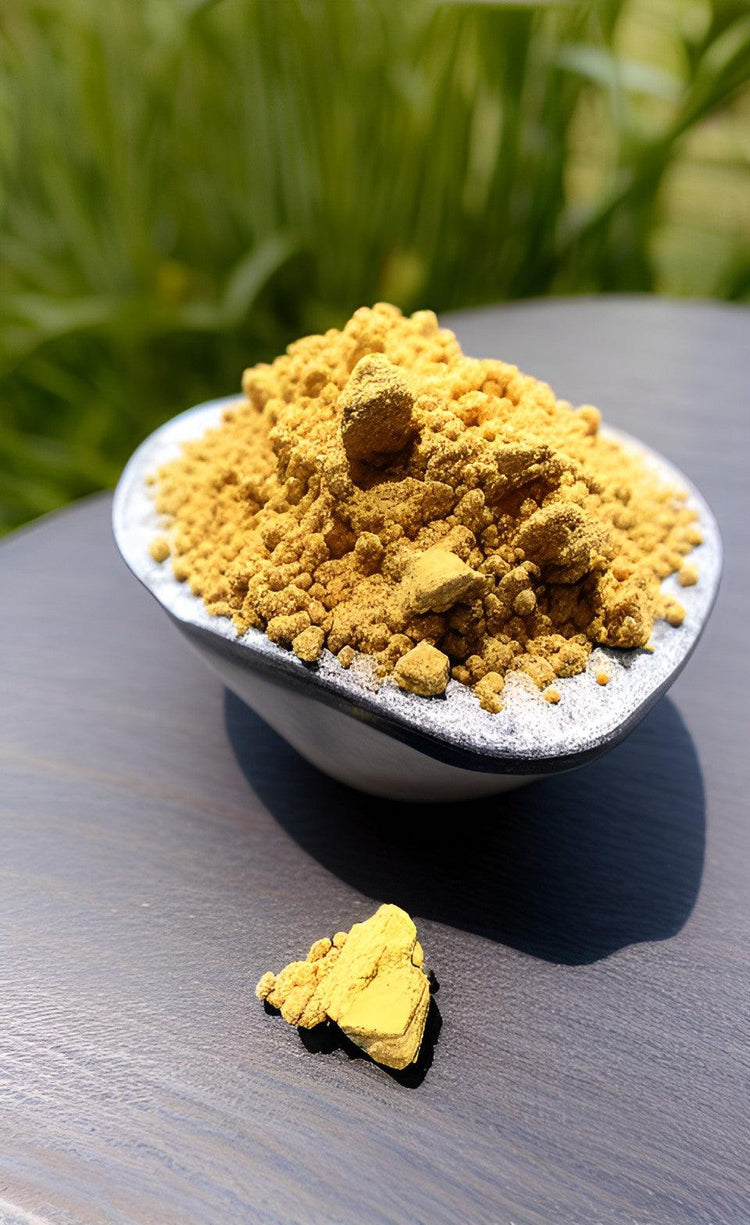


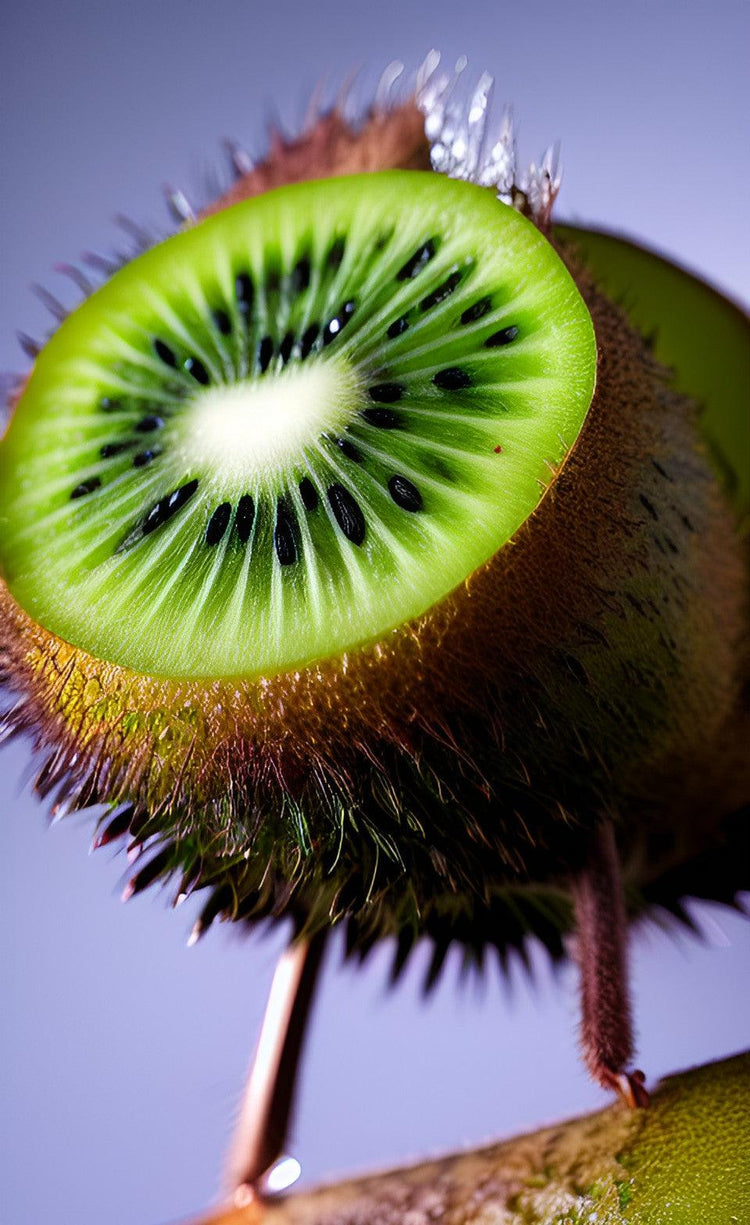


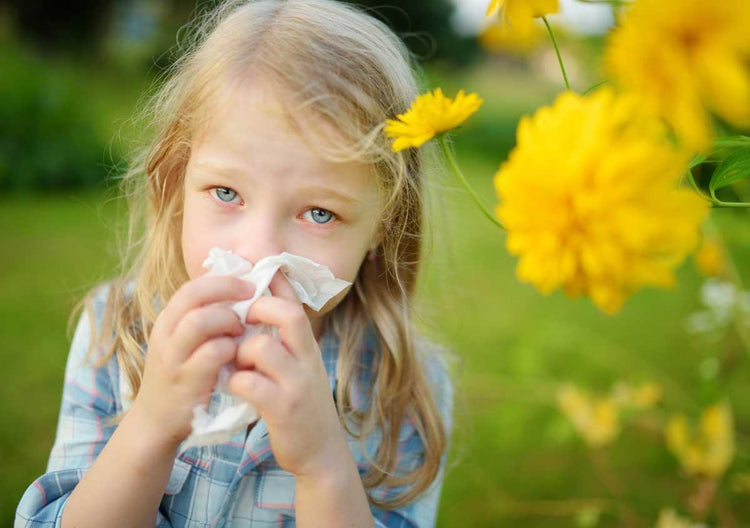
 Rated Excellent by 14,617+ Reviews
Rated Excellent by 14,617+ Reviews